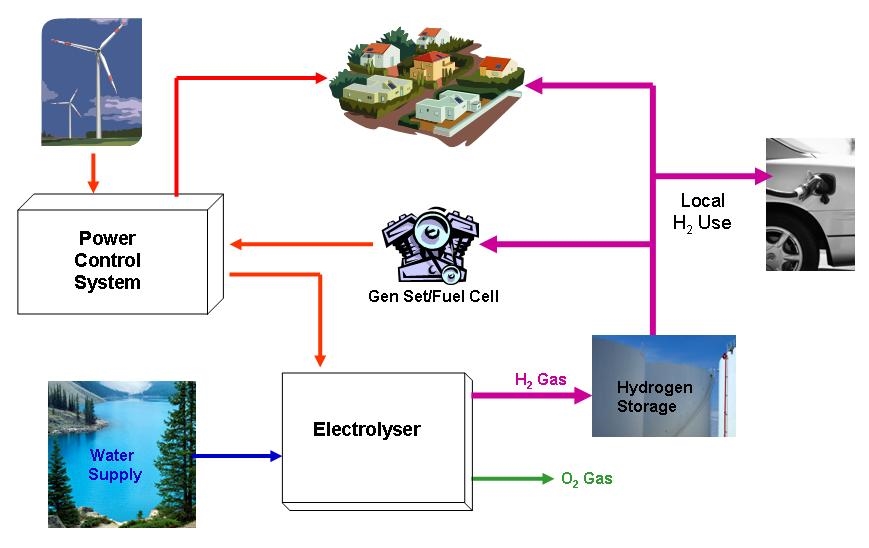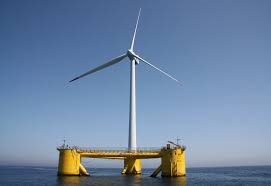Technology – passing the market test
Technology plays an integral role in the delivery of infrastructure and energy around the globe, a constantly-evolving beast with few risks taken on innovations that do not make immediate sense to the market.
In recent years, we have seen the deployment of smartcards for public transport which swiftly evolved to touchless payment, a slew of solutions for charging vehicles on toll roads, LED street lighting, fibre optics, battery storage, electric-vehicle charging, smart meters, bi-facial solar panels, the continuous evolution of digital infrastructure as smart cities edge closer – to name but a few.
For the infrastructure community, the market continues its steady progress away from the dirty old world of coal, oil and (increasingly) gas as clean-energy strategies gather impetus with billions of dollars of investment already deployed, and many billions more to follow.
Atop the general malaise in getting new technologies to a place where they are competitive, industries and investors are coming out of the coronavirus pandemic with tightened purse strings, often reliant on governments that control decisions on which technologies they incentivise as they edge further away from fossil fuels.
At a time when oil and gas prices are at a low, governments or financial sponsors are faced with the problem of bridging the economic gap between new, clever and risky ideas with their cheap and easy counterparts.
When examining the path of offshore wind over the last decade, the asset class – with the help of subsidy schemes and risk-hungry investors – has blossomed into a competitive market with the technology now producing more energy in the UK than coal.
New tech at early stages bear a remarkable resemblance to the offshore wind market 10 years ago, or – even further back – the onshore wind and solar PV markets 30 years ago. However, they are now seeking to prove their economic and ecologic feasibility.
Simon Currie, principal of Australia-based advisory and accelerator firm Energy Estate, says: "Fossil fuels are going the way of the horse. But to achieve high levels of decarbonisation we need to accelerate the deployment of technologies such as floating offshore wind, long duration energy storage and green hydrogen."
And that’s a perfect point at which to introduce hydrogen electrolysis – a technology has the greens whooping with joy as it emits nothing (apart from water) when burned, and is increasingly being blended with natural gas.
However, it is often said that hydrogen is 5 years away… which will remain the case if policies do not come in line to incentivise its uptake. Many energy industry professionals have been calling for a better legal framework to create a supply chain to scale up such projects.
However, in a bid to transform the steel and chemical industries in Europe, the European Union has announced an economic incentive plan to promote hydrogen as part of a stimulus package following the coronavirus pandemic.
Hydrogen produced using renewable energy (green hydrogen) or made from more traditional (polluting) methods, but aligned with carbon capture storage (blue hydrogen), are both being supported under the package. However, some investors are not sold on blue hydrogen projects.
Andrew Clennett, chief exec and co-founder of Hiringa, a green hydrogen focused project developer, said: "We are not aware of any greenfield blue hydrogen carbon capture storage projects in the world that are commercially viable. Blue hydrogen from CCS potentially makes sense for decarbonising existing gas-based systems such as natural gas grids. For new hydrogen markets, that require greenfield investment such as transport, green hydrogen will be the most viable and have the most impact on emissions.”
Despite market misgivings, oil majors have taken a final investment decision to deploy 100% equity to build CCS projects – like the Northern Lights project in Norway – to produce hydrogen from natural gas with the existing infrastructure suitable for a complete greenification in the future.
Another hopeful technology that, unlike green hydrogen, has been financed on a large scale is floating offshore wind technology. Water depth poses a challenge in unlocking regions of the world where offshore wind could be a viable energy producer. But with maturity in the offshore wind market, the period of apprehension before large-scale floating turbine investment was remarkably short.
The 50MW Kincardine floating wind farm reached financial close last month (June 2020) with 9 banks lending. With residual offshore wind subsidies in place, bankers on the project said they expected the interest rates on the debt to decrease in the very near future as more projects reach financial close.
Denmark and other Nordic countries are already planning projects like an "energy island", which in the long term could be the base for 10GW of offshore wind capacity, equivalent to around 25 wind farms. The island will be built upon concrete submersible boxes 100km out in the North Sea.
The growth of offshore wind technology could also be combined with hydrogen production to allow countries like Japan and Taiwan to export surplus energy in the long-run.
Beyond technologies invented to tackle our reliance on fossil fuels, the renewable industry is also researching new technologies to solve intermittency.
Batteries for energy storage are being developed to balance the grid, however, the asset requires project sponsors to source cobalt or lithium, which are predominantly mined in the Democratic Republic of Congo and China. This has allowed China to dominate the battery market with European sponsors having to navigate a geopolitical minefield to finance projects.
Therefore, dynamic financing instruments are required to secure investment. For example, Swedish battery firm Northvolt is using project finance as well as a €350 million EIB commitment to finance its corporate debt. The EIB loan is part of the European bank's decision to increase its investments in battery-related projects to more than €1 billion in 2020.
Another firm that is also not relying on rare minerals is Energy Vault – an Italy-based energy storage firm which the SoftBank Vision Fund committed $110 million into – which stores potential energy in 35 tonne composite bricks.
Another technology trying to provide a baseload energy to resolve intermittency issues is tidal energy. Using the power generated by tides, this new technology is being routinely upgraded in planning phase to make it more attractive to investors and the only player we have identified with a scalable is Ocean Marine Power from which we are expecting interesting developments in 2021.
Sadly, IJGlobal reported this month (July 2020) that the Swansea Bay Lagoon Tidal Project – a tidal project that had been in development for the last 12 years – was denied an extension to its planning consent, dealing a death blow to a project many had pinned their hopes on.
Request a Demo
Interested in IJGlobal? Request a demo to discuss a trial with a member of our team. Talk to the team to explore the value of our asset and transaction databases, our market-leading news, league tables and much more.


